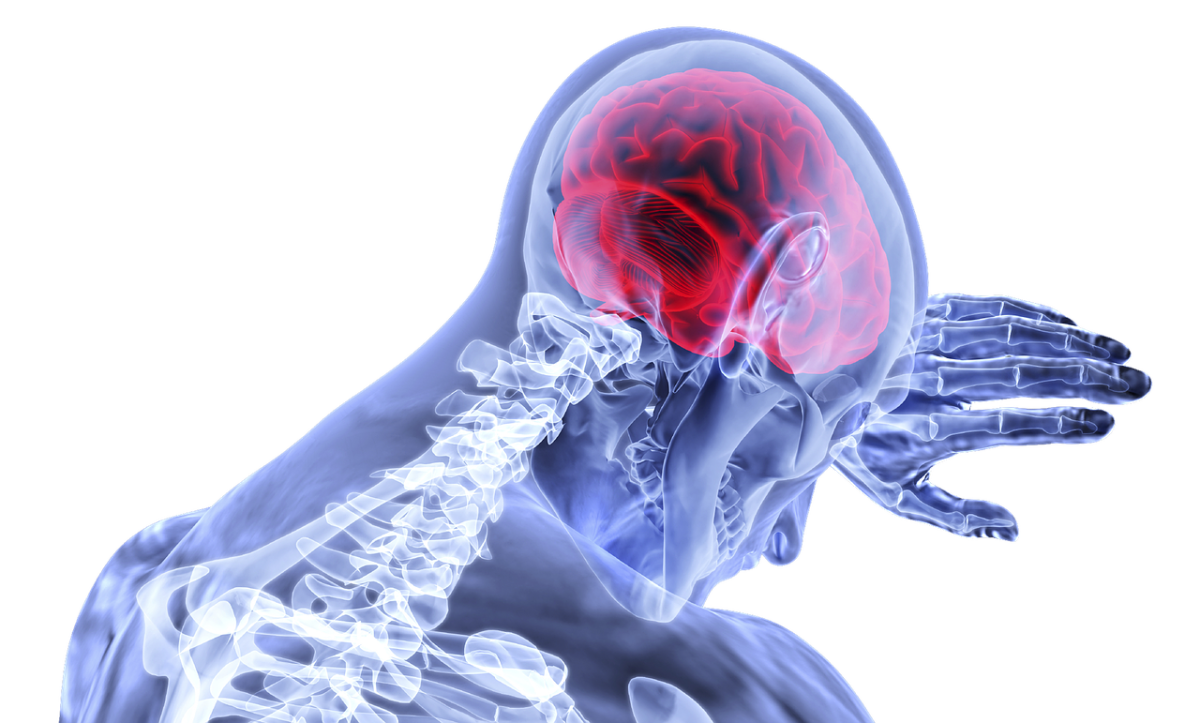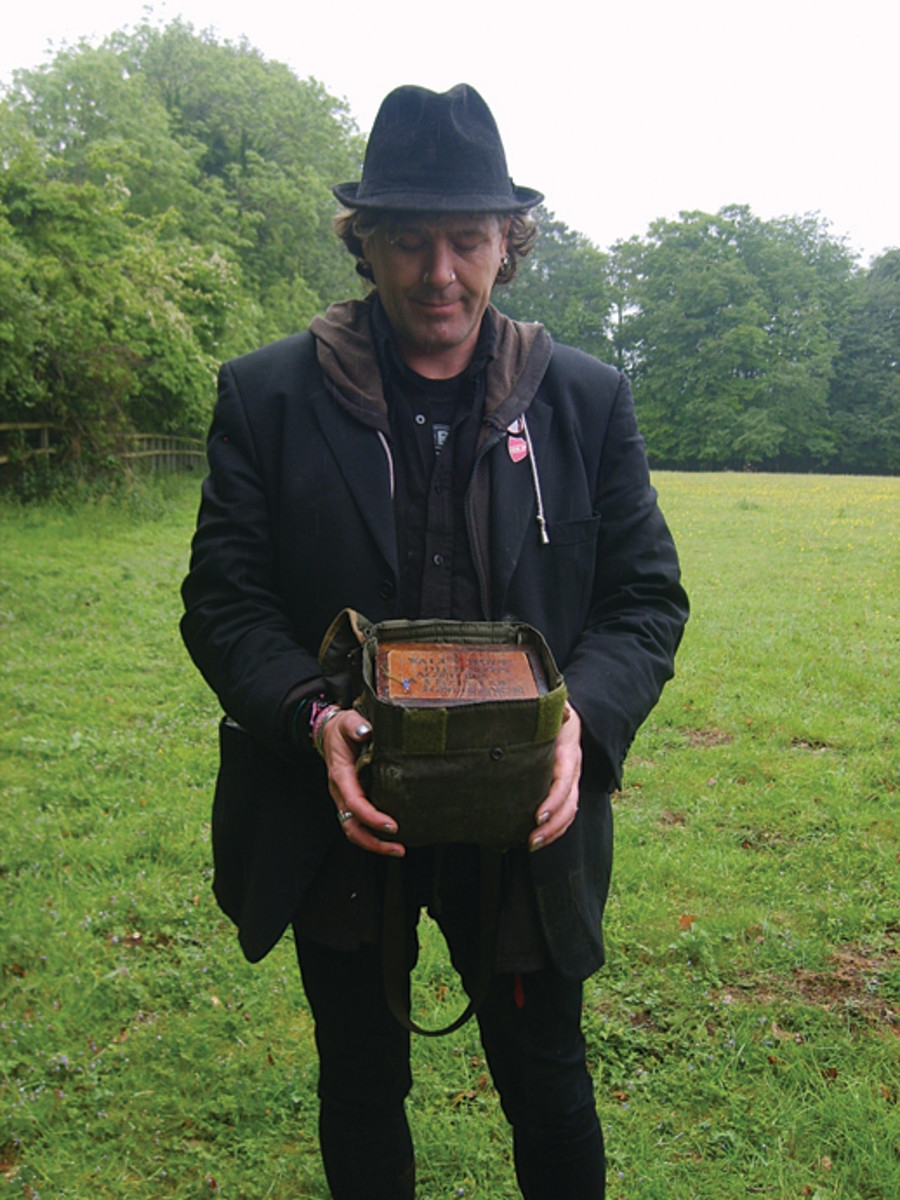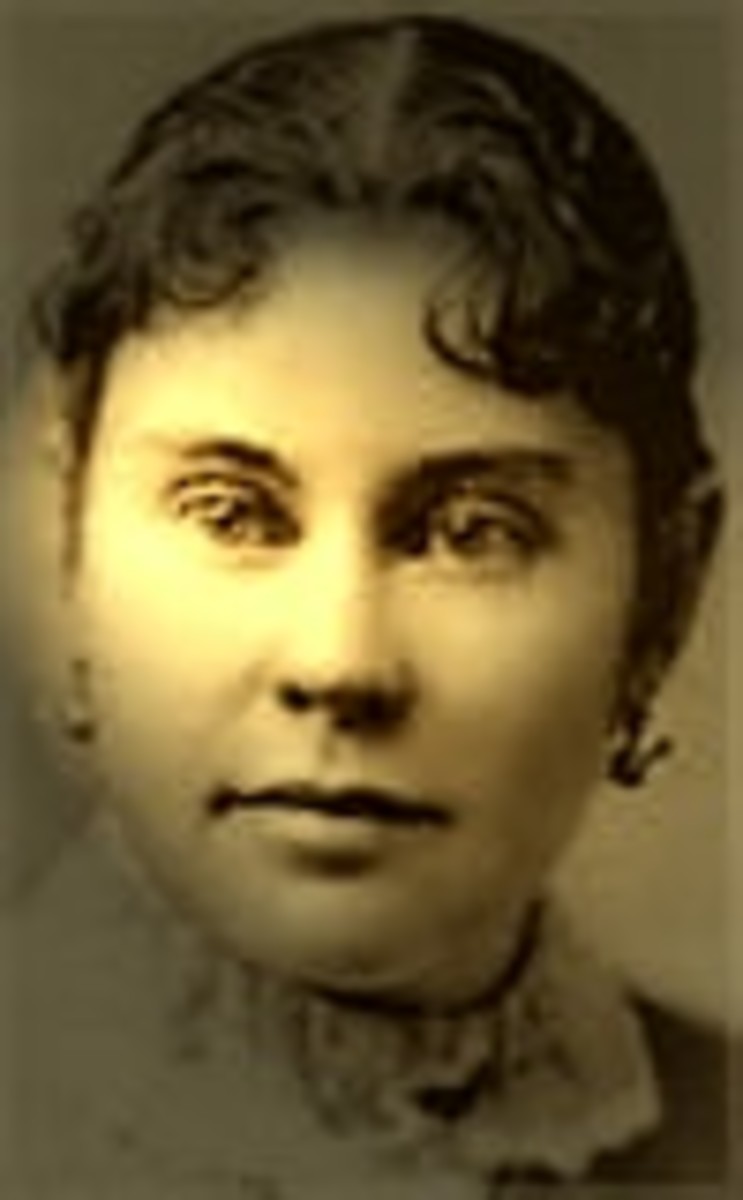- HubPages»
- Books, Literature, and Writing»
- Books & Novels»
- Nonfiction
There is a miracle drug for Strokes!
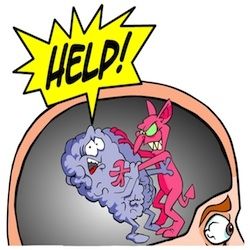
The history of tPA and Stroke
What if I was to tell you that there is a miracle drug that can help save the life of almost 50% of people who are afflicted with the third most common cause of death in the world? Would you believe me? Think this is fiction? Perhaps wonder if it is true why you may not have heard about it or why such a tiny fraction of hospitals in the US and abroad are using it? The short answer, it is true. There is a miracle drug available and has been since the mid 1990s when it was approved by the FDA but has had a tough history getting out to do its job saving lives.
I strongly encourage everyone to take just a few minutes to read the below article. Stroke is the third leading cause of death in this country and kills hundreds of thousands each year. It is treatable if caught early. Take 5 minutes to perhaps save your life or that of someone you love.
Image credit: Fooksie.com
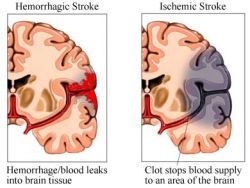
Background of Stroke
As has already been mentioned, Stoke is the third most common cause of death in this country after Heart Disease and all cancers combined. Before we go into the story of treatment it is important to give just a little more details on what is a stroke. Stroke in general is a lack of blood to the brain, which means lack of oxygen to the tissue and of course leads to the tissue dying. There are two types of stroke, ischemic and hemorrhagic, but both lead to the same result, which is brain tissue dying. An Ischemic Stroke is when there is a clot in a blood vessel, which either partially or fully blocks blood from moving through the vessels. A Hemorrhagic Stroke is when a blood vessel bursts and thus blood is spilling into the skull and not going through the blood vessels to the tissue.
Regardless, every minute that the brain does not get oxygen, 1.9 million neurons are killed and 14 billion synapses are destroyed!! That is every minute. Think of how long it would take you to drive to the closest hospital. 10 minutes? 15 minutes? You can start seeing how every minute is a dire emergency. Just as serious as the heart not pumping blood as in the case of a heart attack, if blood can't get to the right place, in this case your brain, the tissue will die.
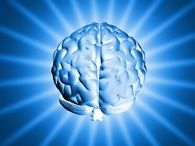
So what is this miracle drug?
Often compared to the miracle drug penicillin, there is indeed a drug that has blown away every clinical study and shown to help large percentages of stroke victims. tPA, or clot-buster is actually an enzyme that your own body produces to break down blood clots. Think of it this way, your body needs ways to make blood clot (aka stop bleeding) or else any minor cut could cause a person to die since they could not stop blood from flowing. By the same token your body needs a way of breaking down clots that are no longer needed, tPA is that enzyme. Discovered as early as WWII as a way to break up clots it took until 1980s for it to be refined and replicated in a way that could be used for human patients.
It acts just as you might imagine, an injection of a concentrated dose of the enzyme into a patient's veins allows the enzyme to work on the clot in the brain and hopefully allow blood to start flowing again. In a tremendous percentage of patients with ischemic strokes (the ones that have a blood clot in the vessel) when properly diagnosed and given tPA they can regain full use of their body as soon as a couple of days.
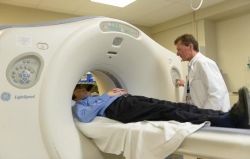
So we have cured Stroke?
Well not exactly. Probably the most important thing to keep in mind is that time always matters. It should seem obvious but from the moment of an attack, tissue begins to die. The longer and the more tissue that dies, the harder and less likely a patient can hope for a recovery. Thus identifying symptoms and getting to a treatment facility is key. In fact treatment centers cannot even give this wonder drug, tPA, more than 4.5 hours after symptoms appear.
So why don't ambulances just carry vials of this miracle drug to have ready? The most obvious problem is there is no way to tell what kind of stroke a person is having in the field. A CAT scan is needed to make sure you do not have a hemorrhagic stroke (burst blood vessel) which is not treatable by tPA. Only after it is confirmed that indeed a patient has a blocked artery can doctors perscribe a clot-busing drug. It should be pointed out though that 80% of all strokes are Ischemic and thus potentially treatable by tPA. This of course leaves 20% of strokes that are untreatable by tPA.
The sad fact is most people either don't recognize a stroke or don't seek timely medical care and thus regardless of the type don't have the option for treatment.
There is much work yet to be done.
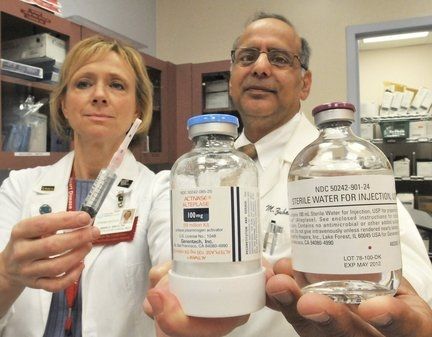
Did you know about tPA enzymes?
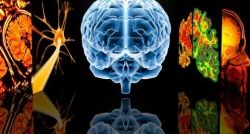
If this really is true, why have I not heard of it?
There is an entire book which identifies not only the history of tPA but also why it has been so slow to gain recognition and acceptance by the medical community. It basically revolves around three key reasons: Money, Professional Unwillingness, and Corporate Reluctance.
Money: Prior to tPA the way to deal with a stroke was to give patient fluids via IV and monitor them for days and weeks and hope they improve on their own. Now with tPA there was a way of treating them but required a CAT scan, a specialist to review the images (radiologist), a specialist to monitor the drug's progress (neurologist) and then the drug itself which is around $2,000, clearly higher costs than simply putting them in a room for observation. Yet the official prices that insurance companies and Medicare were allowed to charge for a stroke patient did not change even after tPA was accepted by the FDA. It was not until 2005 (almost 10 years after FDA approval) that the acceptable charges for stroke patients were increased from $6k to $11.5k. Unfortunately, there are still NO allowable charges for a neurologist to come into the ER and treat the patient in the middle of the night. Thus, for 10 years hospitals were asked to take on a new treatment that required new equipment, more specialists and yet were asked to eat the costs. Is it a surprise so few responded quickly?
Professional Unwillingness: Neurologists prior to Stroke being identified as a time sensitive ailment dealt primarily in slow moving brain diseases such as Alzheimer's. This allowed them to work normal business hours usually out of their offices, consulting with patients with scheduled visits. Stroke was seen as incurable and untreatable and thus also not a time sensitive disease, rather something for a neurologist to review at their convenience for rehabilitation if you survive. By changing Stroke to an emergency issue it required neurologists to be on call 24x7, something most was unfamiliar with and unwilling to bring to their personal lives. Before we condemn neurologists too harshly it should be re-emphasized that per the previous paragraph neurologists were not being compensated by insurance companies at all for coming out in the middle of the night to treat a patient. So here they are being asked to learn an entirely new drug procedure (and open themselves up to new potential lawsuits), to change their entire work/life balance, all for no changes in salary. Perhaps it is slightly understandable their extreme reluctance.
Corporate Reluctance: There is only one company that makes tPA and that is Genentech. Interestingly enough tPA was originally developed to break up clots that led to heart attacks and was specifically used in the ER for that purpose. It was not for another decade that it was proven to help strokes, but there was fear at Genentech that this could prove confusing and potentially appear like a corporate giant was pushing drugs too freely for sake of quick profits. They spent virtually nothing to market the drug (compared to the millions they spent marketing it for heart attacks). Without getting the word out to doctors and even the general public it has largely gone unnoticed. Think of all the times you have turned on the TV and see advertisements for Viagra or Rogaine, that is not the government advertising it is the drug companies footing the bill. Without any advertisements by Genentech, getting word out about this treatment has been much slower. Unfortunately that means 100,000s of thousands of patients have been unable to take advantage of this miracle drug.

What do I need to know?
If you take away nothing from this entire article, remember this. In general if a person starts to act or feel weird, don't hesitate to call 911! There is no charge for the fire department to come and it is far better for them to tell you it is something to not worry about (which they will if true!) than find out after its too late. With that said it is actually quite easy to spot early warning signs of a stroke, think FAST!!
Face Drooping: One side of the face is drooping or numb
Arm Weakness: One arm is numb or weak. Ask a person to raise both arms, usually they will be unable to raise at all or one will droop.
Speech Difficulty: They will be unable to speak or if they do it comes out nonsense. Asking what day it is and they might say peanut butter.
TIME TO CALL 911
The most important aspect is time. You have 4.5 hours from the time the first symptoms appear before tPA can not be given. (sooner of course is better). So call 911 and ask to go to a hospital that has a stroke center.
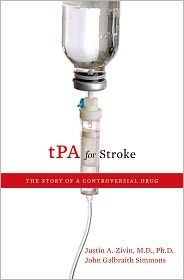
Overall review of the book
tPA for Stoke is a deceptively small book. It is packed with information and a tremendous history of both the disease and the medication all inside a very readable fascinating story. There are a few sections that contain medical terminology but they are few and far between and well explained. Most readers should have absolutely no problem following the story and understanding the history of tPA.
I feel that Simmons and Zivin did an extremely fair job disclosing the debate that has raged in professional communities about tPA and shown equal weight to all arguments. Thankfully with the benefit of hindsight the 'right' answer is thankfully quite clear. As the third highest cause of death in this country, killing 30% of those who get a stroke, it will unfortunately touch virtually everyone. Learning more about it perhaps will allow you to spot warning signs faster and know what to ask your doctor. If that wasn't enough, it is a fascinating story of the mysterious process of drugs from research, to clinical trials and ultimately to patients.


